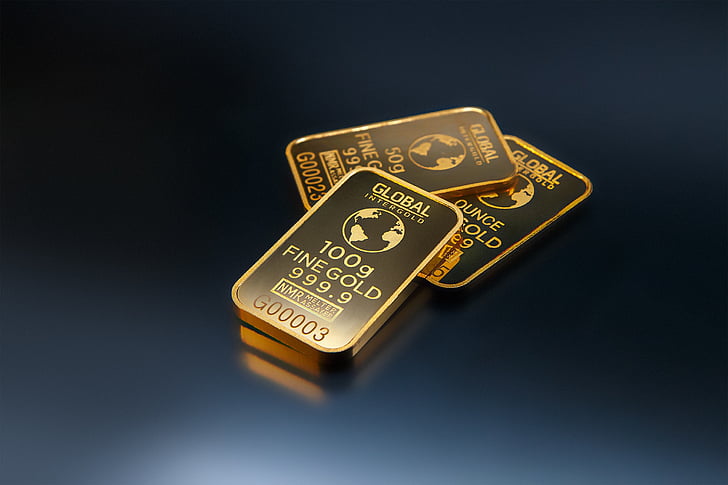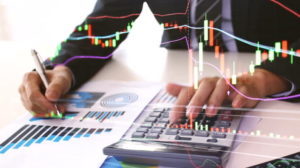Gold is closing in on the elusive $2000 mark after gaining tremendously, the past month, on the U.S dollar weakening across the board. The precious metal was up by more than 8% in July, rallying to record highs of $1994. While the upward momentum appears to have stalled, sentiments are high that the metal will clock the elusive $2000 an ounce level sooner than later.
Risk-Reward Concern
Given that gold price is solidly high, it continues to present a string of challenges on the investment front. While the expectation is high that the metal will continue to rally, it appears highly stretched at current levels. Likewise, triggering positions at current levels might not be a good idea on the risk-reward front.
The U.S dollar has already started bottoming out from 22-month lows, a development that could curtail gold from registering further gains from current extended levels. Immediate resistance is seen at the $1981 level ahead of the $2,000 psychological level.
Bullish Thesis
Amidst the concerns, it is clear that there is not much to take gold down significantly from current highs. The Federal Reserve insisting on an accommodative policy framework means interest rates will remain near the zero levels longer. Similarly, gold should remain an attractive investment given that yields such as bonds and treasuries look set to remain under pressure after plunging to record lows.
A string of bad news in the aftermath of the second wave of coronavirus infections should also continue to support gold sentiments. Growing concerns about the global economy sinking deeper into recession amid the COVID-19 disruptions should continue to support gold demand as a safe-haven. Gold should continue to follow risk-on environment well supported by weakness in the dollar.
Likewise, as the U.S gets closer to the November election, volatility levels in the market should spike and continue to support gold prices. In addition, escalation of U.S-China tensions is another development that justifies remaining long on gold given the uncertainty that such tensions bring about in the capital markets










